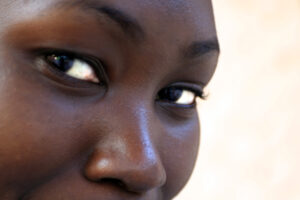
In response to the recent recalls of eyedrops and ointments that have led to infections and even death, New York City ophthalmologist Daniel Laroche, M.D., recommended the following tips to help prevent infections from eyedrops use:
1.Try to ensure the eyedrops are made by U.S. manufacturers. Here in the United States, it”™s easier to ensure compliance with Food and Drug Administration (FDA) manufacturing guidelines.
2. Wash your hands before and after using eyedrops.
3. Do not touch the dropper to your eye to avoid contaminating the tip.
4. Close the eyedrop bottle tightly after each use.
5. Do not use the same eyedrops for multiple people.
6. Use the eyedrops within one month of opening.
7. Store eyedrops away from heat, light and moisture.
Laroche also reminded everyone that more than three million people in this country have glaucoma ”“ a leading cause of irreversible blindness. The National Eye Institute projects this number will reach 4.2 million by 2030, a 58% increase. Glaucoma is called “the sneak thief of sight” since there are no symptoms and, once vision is lost, it”™s permanent. As much as 40% of vision can be lost without a person noticing. Moreover, among African American and Latino populations, glaucoma is more prevalent. Glaucoma is six to eight times more prevalent in African Americans than Caucasians. ”¯
“Early cataract surgery and microinvasive glaucoma surgery is the key to prevent blindness in most patients with glaucoma over the age of 50,” he said in a statement. “The enlarging lens is the most identifiable cause of glaucoma. Now that cataract surgery today is much safer than 25 years ago, this technology combined with microinvasive glaucoma surgery is a new standard of care and great news for patients with glaucoma.”
Laroche recommended people have one eye done at a time to ensure they are happy with the results. “In patients with angle closure glaucoma, clear lens extraction can be performed and is more effective than laser iridotomy.”
Laroche, who established Advanced Eyecare of New York in 1996, is a glaucoma specialist who wants people to be aware that glaucoma, cataracts, macular degeneration and retinopathy can begin to surface between the ages of 40 and 70, and that any vision changes should be evaluated by an eye doctor immediately.
“Over time, these diseases can lead to blindness, so it”™s best to address them as soon as possible,” he said. “We have new treatments with earlier surgical options that can help preserve (or restore) patients”™ vision with faster recovery times.”
A healthy diet with lots of salads, vegetables, drinking water, exercise and meditation can help reduce cataracts, diabetes and glaucoma, LaRoche added.
“Eyesight”¦ is one of the most important senses. By protecting the eyes, people will reduce the chance of blindness and vision loss while also staying on top of any developing eye diseases, such as glaucoma and cataracts.”
For more, visit here .






















